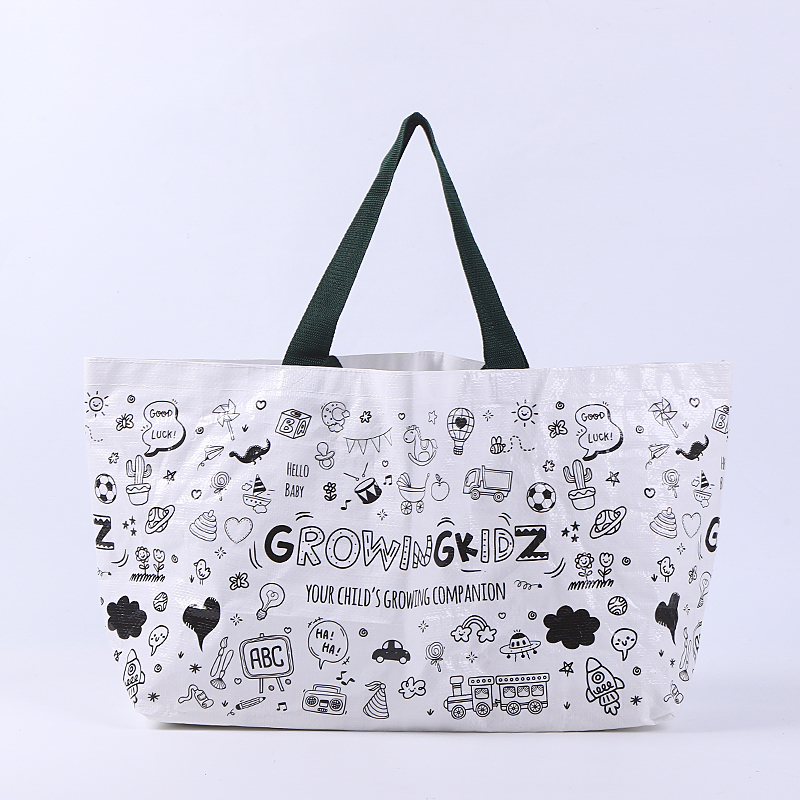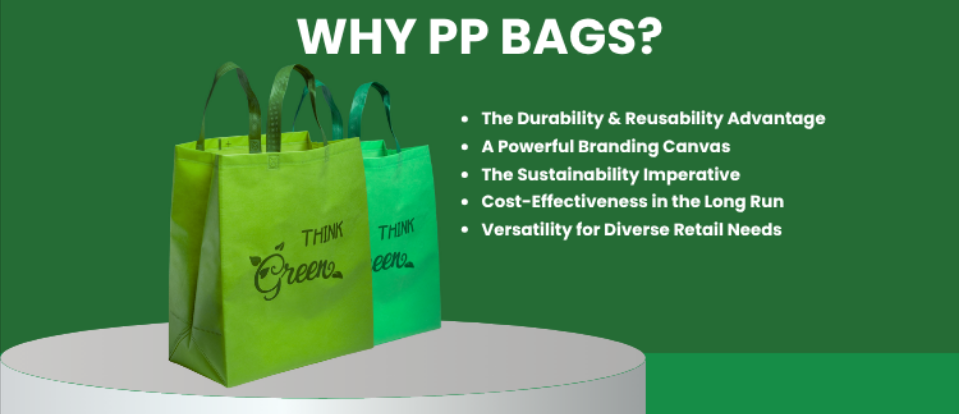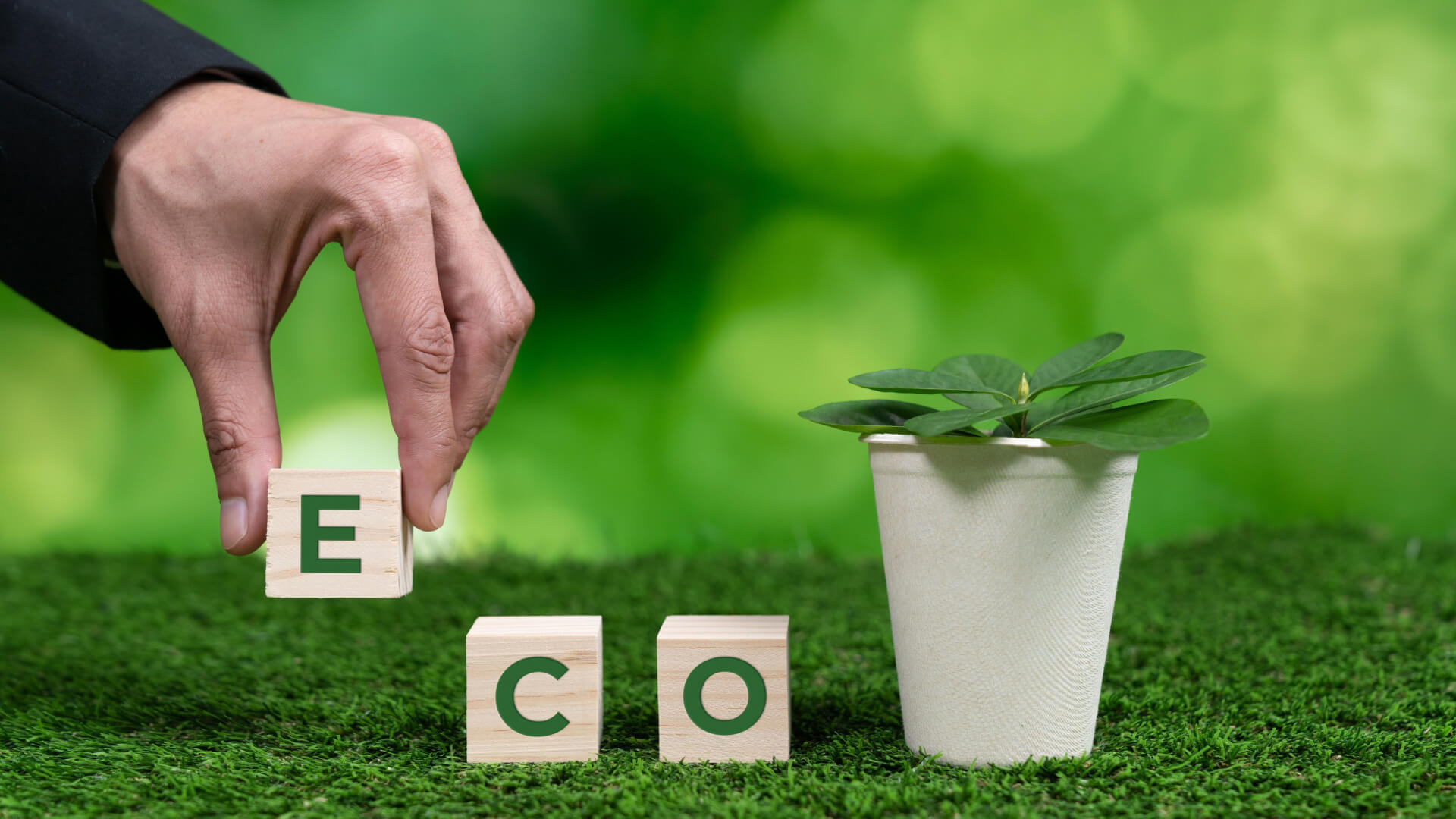
Are green paper bags more eco-friendly than plastic bags? This is a question many people ask when choosing between these two common types of shopping bags. While paper bags have long been viewed as the more sustainable option, there are many factors to consider before making a decision. The environmental impact of each bag type can vary depending on its production, usage, and disposal.
In this article, we’ll compare the eco-friendliness of paper bags and plastic bags, examining their advantages, disadvantages, and overall environmental impact.
What Kind of Bag Is More Eco-Friendly?
When it comes to environmental friendliness, both paper bags and plastic bags have their pros and cons. However, determining which one is truly more eco-friendly requires considering several factors, such as resource usage, waste management, and carbon footprint.
Eco-Friendliness: Paper vs Plastic
| Factor | Paper Bags | Plastic Bags |
|---|---|---|
| Carbon Footprint | Higher during production, due to energy-intensive processes. | Lower during production, since they require less energy. |
| Decomposability | Biodegradable, but can take time to break down depending on conditions biodegradable materials break down1 | Non-biodegradable, can take hundreds of years to decompose. |
| Recyclability | Recyclable, but recycling rates are low in some regions plastic bags aren't recycled2 | Recyclable, but less commonly recycled due to contamination. |
| Resource Use | Made from wood, a renewable resource, but requires significant water and energy, the paper production is resource-intensive3 | Made from petroleum, a non-renewable resource. Environmental cost of petroleum4 |
While paper bags are biodegradable and made from renewable resources, their production process is more resource-intensive. On the other hand, plastic bags have a lower carbon footprint during production but pose a serious environmental threat due to their inability to break down.
What Are the Advantages of Paper Bags?
Paper bags are often seen as a more eco-friendly choice, but what are their actual benefits?
Key Advantages of Paper Bags
| Advantage | Description |
|---|---|
| Biodegradable | Paper bags break down more easily in landfills, unlike plastic bags. |
| Renewable Resources | Paper bags are made from wood, a renewable resource that can be replanted. |
| Recyclable | Paper bags can be recycled, reducing their environmental impact. paper bags are recycled for the enviroment5 |
Because paper bags are biodegradable and made from renewable resources, they are generally seen as a more environmentally friendly option compared to plastic bags, especially when recycled properly.
What Are the Disadvantages of Plastic Bags?
Despite their widespread use, plastic bags have numerous environmental drawbacks. These bags are durable, but they do not break down easily, posing a long-term threat to ecosystems.
Key Disadvantages of Plastic Bags
| Disadvantage | Description |
|---|---|
| Non-Biodegradable | Plastic bags can take hundreds of years to decompose in landfills. |
| Pollution | Plastic bags are a major source of ocean pollution, harming marine life. |
| Resource-Intensive | Made from petroleum, a non-renewable resource that contributes to carbon emissions. |
| Wildlife Hazard | Animals often mistake plastic bags for food, leading to ingestion and sometimes death. |
While plastic bags are lightweight and cost-effective, their environmental impact is significant. They contribute to pollution, harm wildlife, and are a major challenge to waste management systems.
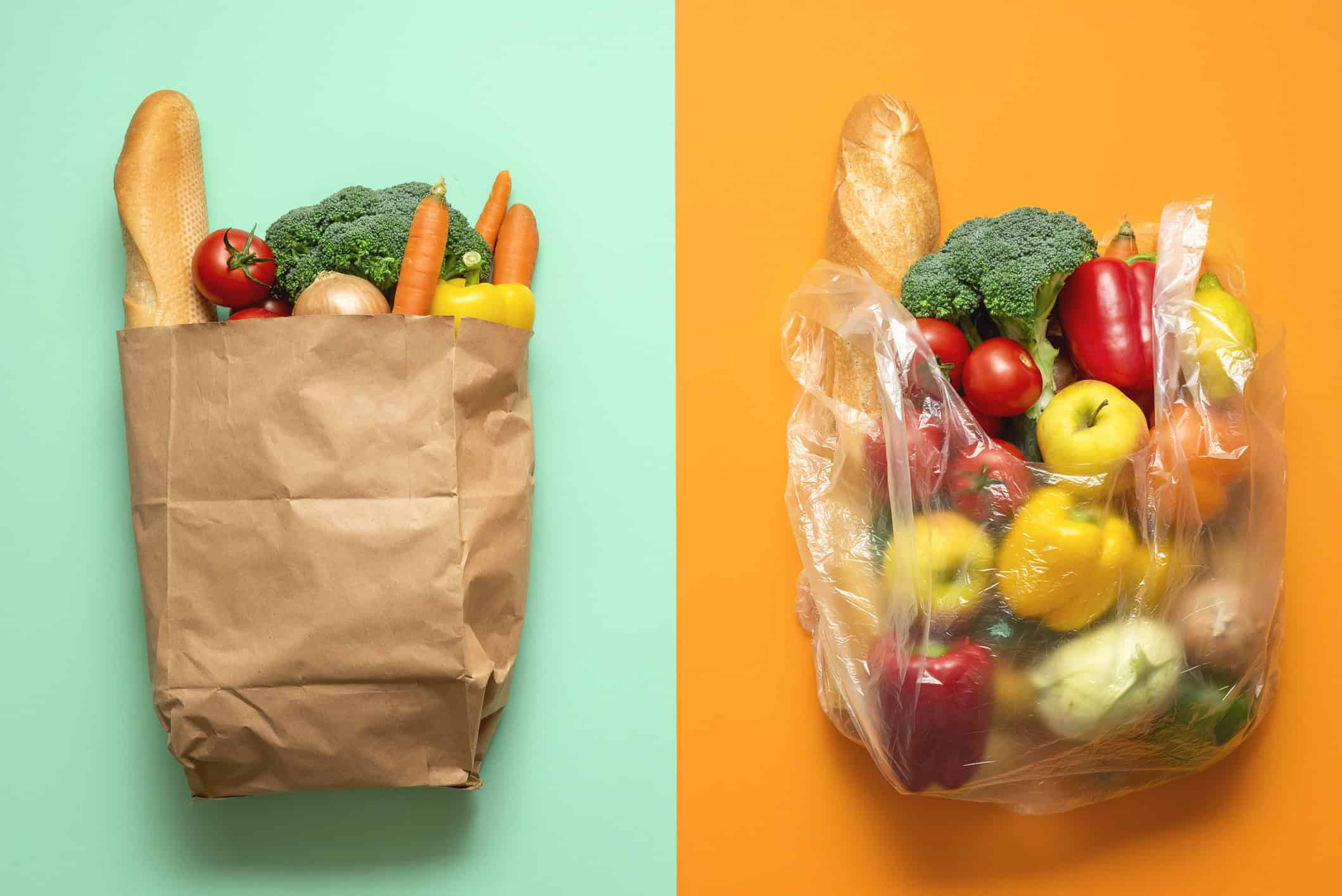
What Is More Environmentally Friendly, Paper or Plastic Bags?
The debate between paper bags and plastic bags isn’t as straightforward as it seems. While paper bags are biodegradable and made from renewable resources, they require more energy to produce. On the other hand, plastic bags have a lower production footprint but cause significant harm to the environment due to their non-biodegradability.
Environmental Impact Comparison: Paper vs Plastic
| Environmental Factor | Paper Bags | Plastic Bags |
|---|---|---|
| Energy for Production | Higher due to more complex manufacturing processes. | Lower, since they are easier and cheaper to produce. |
| Landfill Decomposition Time | Months to years depending on conditions. | Hundreds of years to decompose. |
| Water Use | High, since paper production requires a lot of water. | Minimal water use in production. |
| Wildlife Impact | Less harmful, as they break down faster. | More harmful, as animals often ingest plastic bags. |
Ultimately, both types of bags have a significant environmental impact, but paper bags tend to be the more eco-friendly option in the long run if produced and disposed of responsibly.
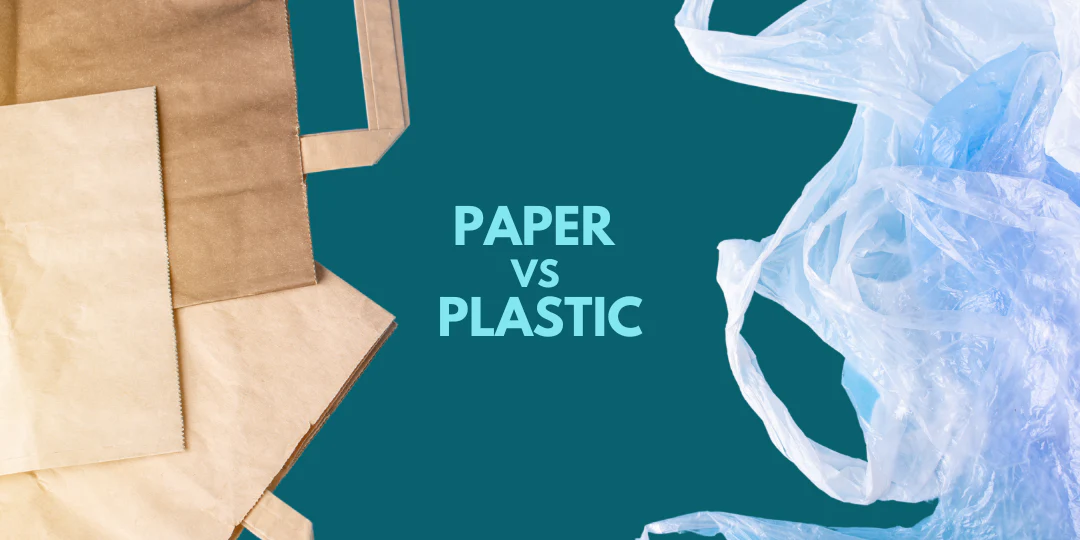
Conclusion
In my view, paper bags are generally more eco-friendly than plastic bags due to their biodegradability and renewable source material. However, both options have their drawbacks, and the key to reducing environmental harm lies in reducing consumption overall and recycling materials properly. Switching to reusable bags is the best way to minimize environmental impact. If you're looking for high-quality, sustainable bags, be sure to visit JiaRong Packaging, where we offer a range of eco-friendly solutions for all your needs.
-
Understand why biodegradable materials are better for the environment. ↩
-
Find out why plastic bags are rarely recycled. ↩
-
Learn about the environmental impact of paper production. ↩
-
Explore the environmental cost of petroleum-based products. ↩
-
Learn how paper bags are recycled and their environmental benefits. ↩










